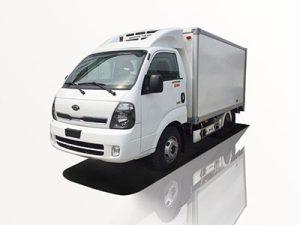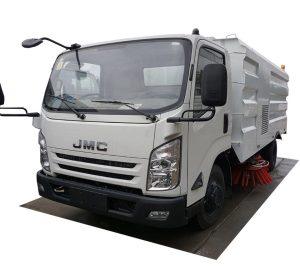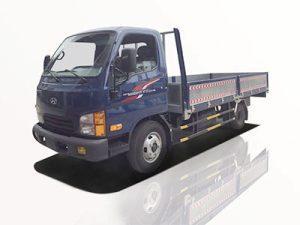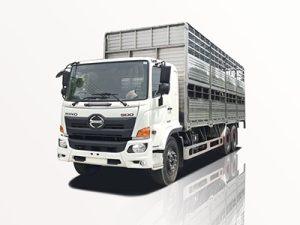Monday to Saturday - 8:00 -17:30
Camel in Truck: A Comprehensive Guide to Transporting Camels Safely and Efficiently
The transportation of camels has become increasingly important in today’s world, with their use in tourism, agriculture, and other industries. Transporting these majestic animals requires careful planning and consideration to ensure their safety and well-being. In this article, we will explore everything you need to know about transporting camels in trucks, including best practices, legal requirements, and tips for a successful journey.
Understanding the Basics of Camel Transportation
Why Transport Camels?
Camels are used for various purposes around the world, including:
- Agriculture: Camels serve as pack animals in many rural communities.
- Tourism: Camel rides are popular in tourist destinations.
- Cultural Events: They are often involved in festivals and parades.
What to Consider Before Transporting a Camel
Before loading a camel onto a truck, several factors should be considered:
- Age and health of the camel
- Duration of the journey
- Weather conditions
- Type of truck used for transportation
Choosing the Right Truck for Camel Transportation
Types of Trucks Suitable for Camels
Not all trucks are suitable for transporting camels. Here are a few types that are commonly used:
| Type of Truck | Description |
|---|---|
| Flatbed Truck | Used for short hauls; requires additional safety measures. |
| Livestock Trailer | Designed specifically for transporting animals; provides adequate space and safety. |
| Box Truck | Offers protection from the elements; must ensure proper ventilation. |
Key Features for a Safe Transport Truck
When selecting a truck, look for the following features:
- Space: Ample room for the camel to stand comfortably.
- Ventilation: Ensure proper air circulation to prevent overheating.
- Non-slip Flooring: Minimize the risk of falls during transport.
Preparing for the Journey
Health Checks and Documentation
Before embarking on the journey, it’s essential to conduct a thorough health check of the camel:
- Veterinary examination to ensure health.
- Obtain necessary health certificates for transportation.
- Check vaccination records and ensure compliance with local laws.
Loading the Camel into the Truck
Loading a camel requires careful handling:
- Use a halter and lead rope to guide the camel gently into the truck.
- Consider using ramps if the truck is high off the ground.
- Reinforce positive association with the truck through training prior to loading.
During the Journey
Monitoring the Camel’s Well-Being
Throughout the journey, it’s crucial to monitor the camel’s condition:
- Ensure regular checks for signs of distress or discomfort.
- Keep a water supply available, especially on longer trips.
Driving Safely with a Camel on Board
Drive cautiously to minimize stress on the camel:
- Avoid sudden stops or sharp turns.
- Keep the speed steady and moderate.
Unloading the Camel Safely
Best Practices for Unloading
When you reach your destination, follow these steps to unload safely:
- Ensure the area is clear of people and obstacles.
- Guide the camel out slowly using a lead rope.
- Provide a calm environment to ease any stress after transport.
Legal and Ethical Considerations
Local Laws Regarding Camel Transportation
Research local regulations concerning animal transport, which may include:
- Permits for transporting livestock.
- Vehicle requirements or inspections.
Ethical Treatment of Camels
Ensure the well-being of the camel throughout the transport process, including:
- Adequate resting periods during longer journeys.
- Providing food and water stops.
Case Studies and Examples
Successful Transportation of Camels
Here are a few examples of successful camel transports:
- Tourist Ranch: A ranch successfully transported camels for eco-tourism, ensuring they had comfortable accommodations in a livestock trailer and regular stops to graze.
- Local Farmers: A group of farmers collaborated to transport multiple camels using a large flatbed equipped with ramps, ensuring the animals were loaded and unloaded with care.
Practical Tips for Future Transportations
Preparing for the Unforeseen
Plan for unexpected situations by:
- Carrying a first aid kit specifically for animals.
- Having contact information for a nearby veterinarian.
Post-Transport Care
After unloading, focus on the camel’s recovery:
- Provide fresh water and hay immediately after unloading.
- Allow the camel time to acclimate to the new environment.
Frequently Asked Questions (FAQ)
What should I do if my camel shows signs of distress during transport?
If your camel shows signs of distress, pull over to a safe location to assess the situation. Check for any visible injuries or signs of illness and consult a veterinarian if necessary.
How long can a camel be transported without breaks?
Generally, it is recommended to take breaks every 2-4 hours for longer trips. This allows the camel to rest, eat, and drink water.
Do I need special permits to transport camels?
Yes, specific permits may be required depending on your location and the distance you plan to travel. Check local regulations for details.
What type of food should I give my camel during transport?
Alfalfa hay or grass hay are good options to provide while on the road. Ensure that they have constant access to fresh water.
Can I use a regular pickup truck for transporting camels?
While it is possible, using a livestock trailer is highly recommended. It is designed with the safety and comfort of animals in mind.
How do I ensure my camel is comfortable during transport?
To ensure comfort, provide ample space, maintain proper ventilation, and make regular stops for rest, food, and water.









